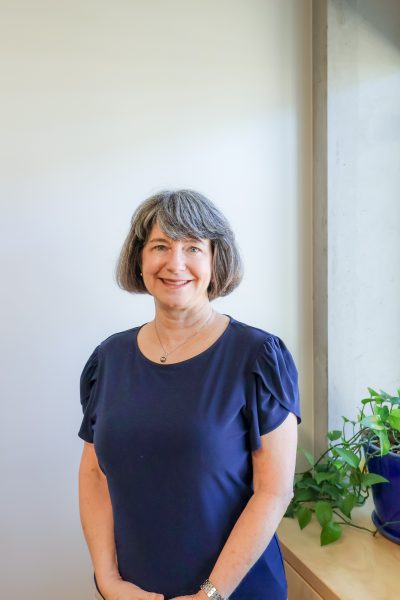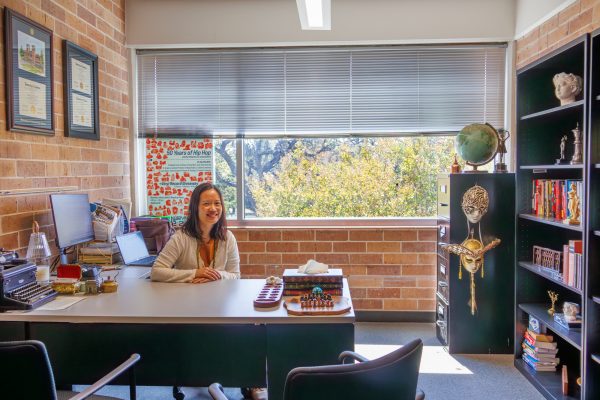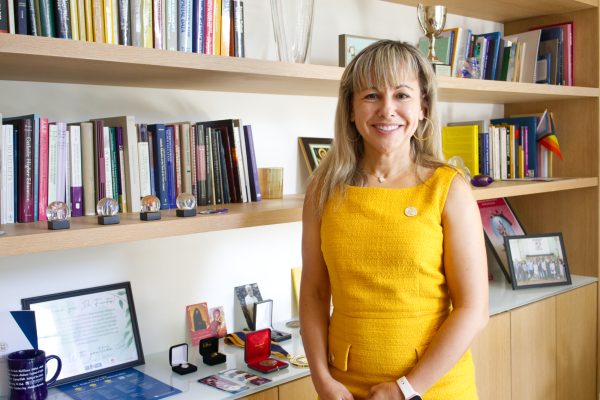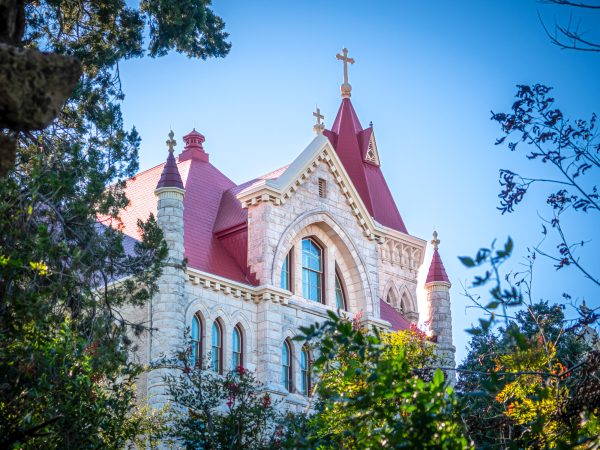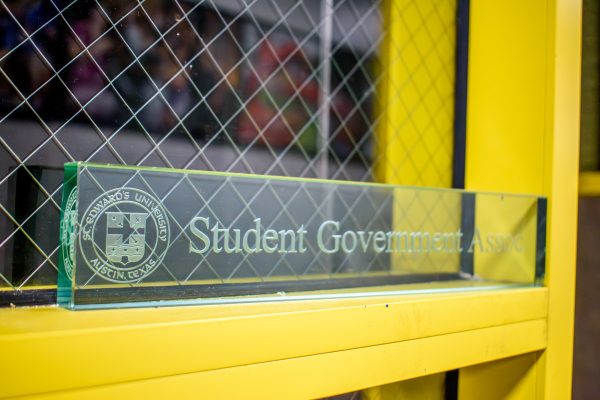St. Edward’s recognized for veteran services, many use GI Bill
Major Jose Reyes, alumni, served in Kuwait. There are currently 150 student veterans at St. Edward’s.
In 2014, St. Edward’s University was ranked second on U.S. News’ list of Best Colleges for Veterans in the Western Region.
The majority of veterans enrolled at St. Edward’s fall under the GI bill, which pays for a large portion of veterans’ tuition. Founded in 1944, the GI bill has changed from paying unemployed veterans a weekly $20 to the current post-9/11 GI bill that provides veterans with active duty service on or after Sept. 11, 2001 greater college affordability.
The GI bill gives veterans 15 years to use their 36 months worth of benefit, which amounts to four years at college.
“Most students are now getting into school right out of the military. In fact, the majority of our people that are veterans are contacting us before they even leave active duty to get set up so that as soon as they get off active duty, they’re here,” said Chris Garcia, the Veteran’s Association Certifying Official.
The post-9/11 GI Bill includes $19,198 for yearly tuition cost at St. Edward’s or any other private school in the nation, and a housing allowance that differs depending on the school’s zip code. For the 2013-2014 school year, the monthly housing allowance for those who fall under the GI bill was $1,422. This will increase to $1,612 for the 2014-2015 school year.
St. Edward’s is also a part of the Yellow Ribbon Program, which gives even further financial aid to veterans. Under the Yellow Ribbon Program, the Veteran’s Association will match any amount of financial aid the university offers to veterans. St. Edward’s provides $5,000, which is then matched to provide a total of $29,198 for yearly tuition at St. Edward’s during the 2013-2014 school year.
St. Edward’s’ GI Bill student population includes 63 people in the university’s traditional program, 56 in the New College and 31 in graduate school.
In addition to providing benefits for veterans, the GI bill benefits can be transferred over to dependants of veterans, which includes their children or spouse.
“Our dependent population is skyrocketing of military kids because before, where they may not have been able to afford a private education, the GI bill is now allowing them to afford a private education and they don’t have to take student loans,” Garcia said.
Out of the GI Bill undergraduate recipients for the spring semester of 2014, 35 of them are dependants. Children of veterans have until the age of 26 to use their veteran parents’ benefits.
The Hilltop Student Veteran Association, which welcomes both veteran and non-veteran members, aims to support troops in the surrounding Austin area and create a community for veterans and non-veterans to interact.
Their outreach includes raising money via Tough Mudder, which donates some proceeds to the Wounded Warrior Project, volunteering with Austin’s chapter of Honor Flight, which provides transportation to aging veterans and working with Homes for Our Troops to build homes that accommodate severely injured veterans.
“We try and provide a kind of network for new veterans coming in. It can be kind of a different community when you’re getting out, and just going to school can be kind of daunting, especially when sometimes there’s a gap of 10 years between you and your peers,” said Chase Younger.
Younger is the president of the association and has been at St. Edward’s since 2012 after serving from 2008 to late 2011 in the U.S. Marine Corps.
Garcia thinks the association provides members an opportunity to understand veterans.
“The only way for students on campus to not be afraid and go, ‘oh wow, all veterans are crazy, they’re going to do something crazy’ is to join our group and see that we’re just like you,” Garcia said.
Follow Lyanne on Twitter @lyannealexia


